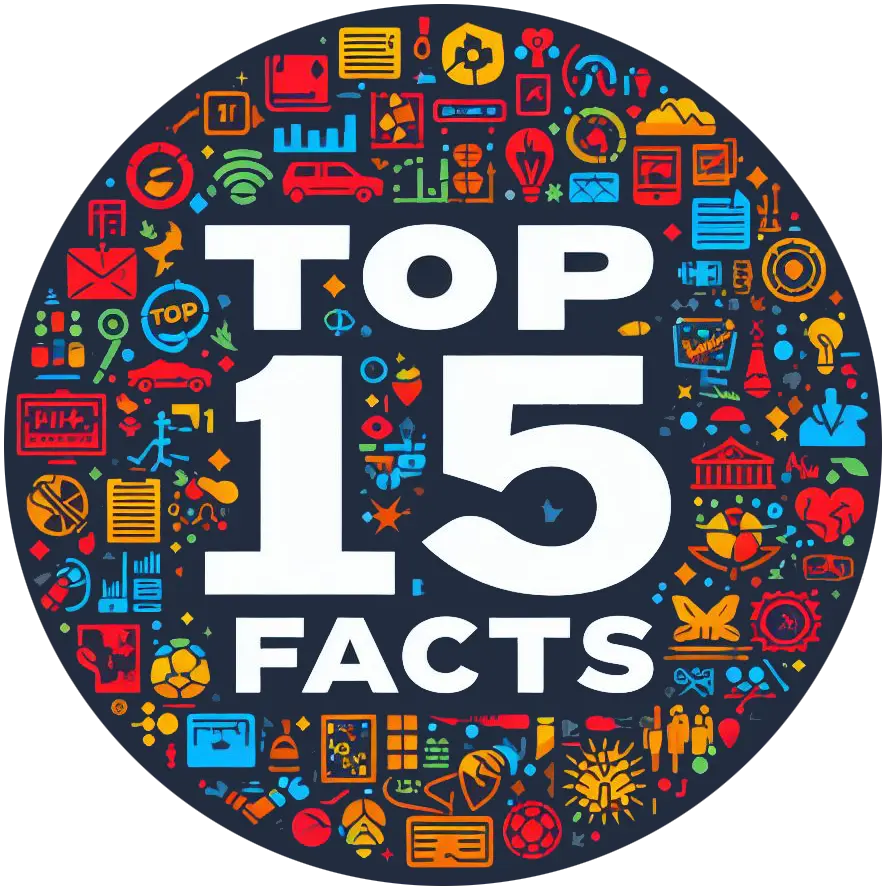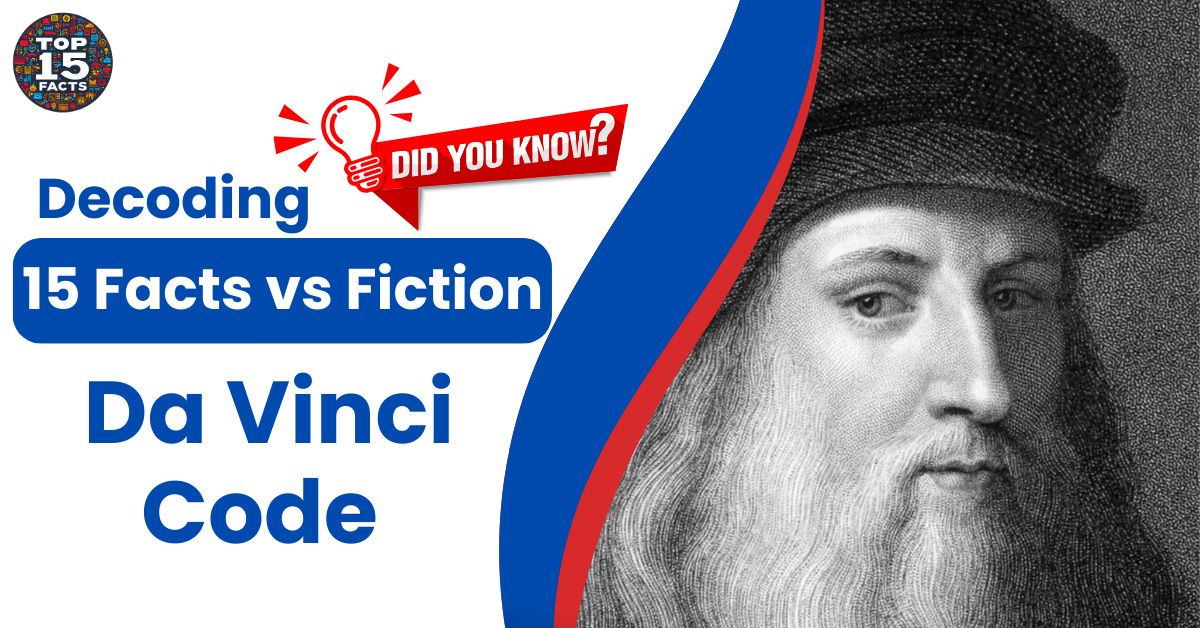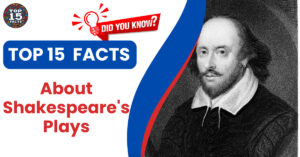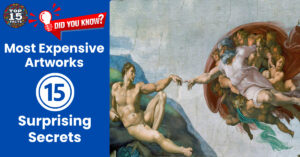Introduction
Dan Brown’s novel, “The Da Vinci Code,” weaves a captivating web of conspiracies, mysteries, and symbols revolving around iconic works of art and ancient societies. This international bestseller sparked intense debates about historical events, religious beliefs, and hidden meanings within famous artworks. Let’s unravel the puzzle of “The Da Vinci Code” and separate its factual elements from the realms of creative imagination.
15 Facts (One-Line )
- Jesus Christ and Mary Magdalene may have been married.
- The Holy Grail is not a physical cup but a person – a descendant of Jesus.
- The Louvre Museum in Paris holds clues to a hidden truth.
- Leonardo da Vinci incorporated secret messages and codes into his artwork.
- The Priory of Sion is a real secret society with roots in history.
- Opus Dei is a real and controversial Catholic organization.
- Fibonacci sequence plays a role in the novel’s code-breaking.
- The Knights Templar were a powerful order linked to religious secrets.
- The “Mona Lisa” contains hidden symbolism.
- “The Last Supper” conceals clues about Mary Magdalene.
- Rosslyn Chapel in Scotland holds secrets connected to the Holy Grail.
- The concept of the sacred feminine is central to the novel’s storyline.
- The number five and the pentagram are recurring symbols.
- The location of the Holy Grail is allegedly revealed through puzzles.
- Anagrams play a key role in deciphering the hidden codes.
Fact 1: Jesus Christ and Mary Magdalene may have been married.
- Historical Context: The Bible offers no definitive evidence of Jesus being married. However, alternative non-canonical texts like the Gnostic Gospels hint at a possible relationship between Jesus and Mary Magdalene.
- The Da Vinci Code’s Claim: The book suggests a secret lineage descended from a union between Jesus and Mary Magdalene, protected by the Priory of Sion.
- The Reality: While the Gnostic Gospels paint Mary Magdalene as a close companion, most mainstream historians find no credible proof that she was Jesus’ wife. “The Da Vinci Code” builds upon possible interpretations of these fringe texts, creating a compelling fictional narrative that blurs the lines between history and imagination.
Fact 2: The Holy Grail is not a physical cup but a person – a descendant of Jesus.
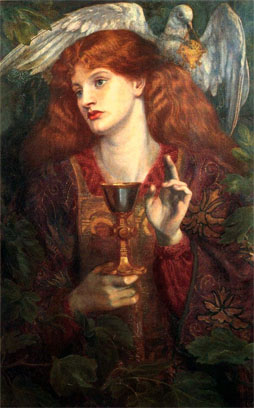
Image Source: wikipedia
- Historical Context: The traditional understanding of the Holy Grail is that it was the cup used by Jesus at the Last Supper. Legends suggest it possessed miraculous powers.
- The Da Vinci Code’s Claim: The novel posits that the ‘Sangreal’ (Holy Grail) is a distortion of ‘San Greal’, meaning “royal blood.” It suggests the Grail isn’t an object but a bloodline descended from Jesus and Mary Magdalene.
- The Reality: While stories of a miraculous cup are pervasive in Arthurian legends, there’s no historical basis for the Grail being a person. The novel skillfully reimagines this iconic object into a central piece of its alternative history.
Fact 3: The Louvre Museum in Paris holds clues to a hidden truth.
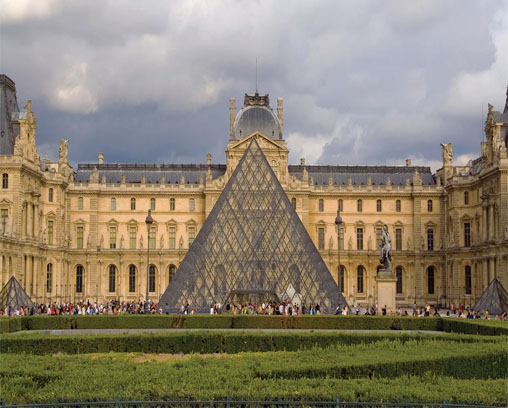
- Historical Context: The Louvre is one of the world’s largest museums, housing countless priceless works of art, including many referenced in the book.
- The Da Vinci Code’s Claim: The novel asserts that the layout of the Louvre and the placement of artworks hold secret codes related to the Holy Grail and the Priory of Sion.
- The Reality: While the Louvre is a treasure trove of historical and artistic significance, the idea of a grand conspiracy encoded within its architecture and exhibits is largely fictional.
Fact 4: Leonardo da Vinci incorporated secret messages and codes into his artwork.
- Historical Context: Da Vinci was a polymath, known for his genius in many fields. Some of his artworks and notebooks contain mirrored writing and other potential puzzles.
- The Da Vinci Code’s Claim: The book dramatically amplifies the idea of hidden codes, suggesting da Vinci was a member of the Priory of Sion, and his artworks contain clues vital to uncovering their secrets.
- The Reality: While da Vinci likely experimented with ciphers and puzzles, the extent and purpose of his secrecy are debated. The novel takes these potential hidden aspects and weaves them into a core element of its plot.
Read More: 15 Astonishing Van Gogh Facts You Didn’t Know
Fact 5: The Priory of Sion is a real secret society with roots in history.
- Historical Context: A genuine Priory of Sion organization was founded in France in the 1950s. However, its purpose and claims of ancient lineage were largely fabricated.
- The Da Vinci Code’s Claim: The novel presents the Priory of Sion as an ancient secret society entrusted with protecting the bloodline of Jesus and Mary Magdalene.
- The Reality: While a group called the Priory of Sion existed in modern times, the novel embellishes its history and significance dramatically. The fictional Priory becomes a powerful force within the book’s alternative history narrative.
Fact 6: Opus Dei is a real and controversial Catholic organization.
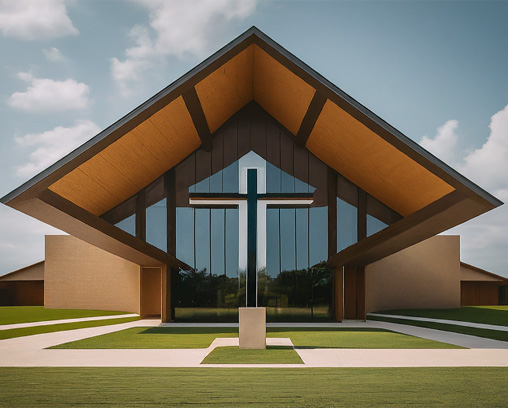
- Historical Context: Opus Dei is a real branch of the Catholic Church focused on finding holiness in everyday life. It has attracted controversy due to its conservative practices and secrecy.
- The Da Vinci Code’s Claim: The book depicts Opus Dei as a sinister organization willing to use violence to protect the Church’s secrets.
- The Reality: While Opus Dei’s methods and strictness are debated, the novel exaggerates their role and actions for dramatic effect.
Fact 7: The Fibonacci sequence plays a role in the novel’s code-breaking.
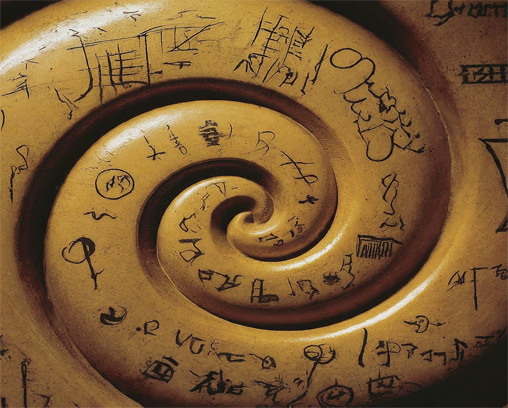
- Historical Context: The Fibonacci sequence is a mathematical pattern where each number is the sum of the two preceding ones (1, 1, 2, 3, 5, 8…). It appears in natural phenomena.
- The Da Vinci Code’s Claim: The novel uses the Fibonacci sequence as a key component in the puzzles the characters need to decipher.
- The Reality: While the Fibonacci sequence is fascinating, its role in the novel’s codes is an embellishment for the sake of the plot.
Fact 8: The Knights Templar were a powerful order linked to religious secrets.
- Historical Context: The Knights Templar were a wealthy and influential Catholic military order during the Crusades, later suppressed and accused of heresy.
- The Da Vinci Code’s Claim: The novel suggests the Templars discovered secrets about Jesus and the Holy Grail, leading to their persecution.
- The Reality: While the Templars’ downfall is shrouded in mystery, the novel builds on speculation to create an alternative reason for their suppression.
Fact 9: The “Mona Lisa” contains hidden symbolism.
- Historical Context: Da Vinci’s “Mona Lisa” is one of the most famous portraits ever created, renowned for its enigmatic smile and masterful technique.
- The Da Vinci Code’s Claim: The novel suggests hidden symbols and codes are embedded within the painting, linked to the secrets of the Priory of Sion.
- The Reality: Art historians analyze the “Mona Lisa” extensively, and debate over potential hidden meanings exists. The novel amplifies these theories for its narrative.
Read More: 15 Surprising Renaissance Facts You Won’t Believe Are True
Fact 10: “The Last Supper” conceals clues about Mary Magdalene.
- Historical Context: Da Vinci’s “The Last Supper” depicts Jesus’ final meal with the apostles. Traditional interpretations place the apostle John to Jesus’ right.
- The Da Vinci Code’s Claim: The book contends the figure next to Jesus isn’t John but Mary Magdalene, disguised as a man, a key element of the novel’s alternative religious history.
- The Reality: Most art historians agree the figure is John, depicted in a youthful way. The novel takes a fringe interpretation and presents it as a core pillar of its plot.
Fact 11: Rosslyn Chapel in Scotland holds secrets connected to the Holy Grail.
- Historical Context: Rosslyn Chapel is a medieval chapel in Scotland renowned for its intricate carvings and ornate symbolism.
- The Da Vinci Code’s Claim: The novel suggests hidden chambers within Rosslyn Chapel contain clues or even the Holy Grail itself.
- The Reality: While Rosslyn Chapel holds genuine historical intrigue, the claim that it’s a core element of the Holy Grail mystery is fictional.
Fact 12: The concept of the sacred feminine is central to the novel’s storyline.
- Historical Context: The sacred feminine refers to the idea of a divine female power or principle, often present in ancient goddess religions.
- The Da Vinci Code’s Claim: The book posits that the suppression of the sacred feminine is tied to the Catholic Church’s rise, and elements of goddess worship were hidden within early Christianity.
- The Reality: While the concept of the sacred feminine exists across various cultures and belief systems, the novel’s specific portrayal is largely a fictional amplification.
Fact 13: The number five and the pentagram are recurring symbols.
- Historical Context: The number five (and its associated shape, the pentagram) have significance in various cultures, sometimes linked to natural elements, human form, or pagan symbolism.
- The Da Vinci Code’s Claim: The novel links the number five and the pentagram to the sacred feminine, presenting them as suppressed symbols by the Church.
- The Reality: While both the number five and the pentagram hold symbolic meaning, the novel weaves them tightly into its own alternative narrative.
Fact 14: The location of the Holy Grail is allegedly revealed through puzzles.
- Historical Context: The search for the Holy Grail is a recurring theme in myths and legends.
- The Da Vinci Code’s Claim: The novel suggests solving a series of elaborate and interconnected puzzles will uncover the true location of the Holy Grail.
- The Reality: The book creates a fictional treasure hunt based on its alternative interpretation of history, symbols, and religious concepts.
Fact 15: Anagrams play a key role in deciphering the hidden codes.
- Historical Context: Anagrams are words or phrases formed by rearranging the letters of another word. They have been used throughout history for wordplay and puzzles.
- The Da Vinci Code’s Claim: The novel uses anagrams extensively as a way for characters to decipher clues and unravel the central mystery.
- The Reality: While anagrams are a legitimate puzzle element, the novel heavily emphasizes and dramatizes their use.
Conclusion
“The Da Vinci Code” masterfully weaves historical components and debatable interpretations into a thrilling story. While it ignites curiosity about religious history and symbolism, it’s essential to remember it’s primarily a work of fiction that invites readers to question their assumptions.
15 frequently asked questions:
-
Is the Priory of Sion a real organization, or did Dan Brown invent it?
A real organization called the Priory of Sion was founded in France in the 1950s. However, Dan Brown’s novel significantly embellishes its history, importance, and secrecy for the sake of the plot.
-
What are the Gnostic Gospels, and how do they differ from the Bible?
The Gnostic Gospels are a collection of early Christian texts discovered in the mid-20th century. Unlike the canonical Gospels (Matthew, Mark, Luke, John), they offer alternative perspectives on Jesus’ teachings and often emphasize a more mystical, esoteric understanding of Christianity.
-
Does the number five have any real significance in Christianity, or is that mainly the novel’s invention?
The number five holds some symbolism in Christianity (e.g., five wounds of Christ), but its prominence and connection to the sacred feminine is primarily a creation of “The Da Vinci Code.”
-
Is there any historical evidence for the idea of the sacred feminine?
The concept of a divine feminine or goddess figures is found across many ancient cultures and religions. The specific way “The Da Vinci Code” weaves this concept into Christian history is largely fictionalized.
-
Did Leonardo da Vinci really leave secret messages in his paintings?
Da Vinci was a brilliant thinker and may have incorporated puzzles or hidden meanings in some works. “The Da Vinci Code” takes this potential for hidden elements and amplifies it into a central pillar of its story.
-
Is it true that Jesus and Mary Magdalene were married?
While the Gnostic Gospels hint at a possible close relationship between Jesus and Mary Magdalene, there’s no definitive historical proof that they were married. The Da Vinci Code builds a compelling narrative upon these interpretations.
-
Is Opus Dei really as sinister as it’s depicted in the novel?
Opus Dei is a real Catholic organization that has attracted controversy due to its conservative practices. However, the novel greatly exaggerates their actions and secrecy for dramatic effect.
-
Does the Holy Grail truly exist, or is it purely a legend?
The traditional understanding of the Holy Grail as the physical cup of Christ is primarily drawn from legend. Whether a different form of the Grail, like the one suggested in the novel, exists is entirely within the realm of speculation and fiction.
-
Is the Louvre Museum really filled with hidden codes and secrets?
The Louvre is a magnificent museum filled with artistic and historical treasures. While some artworks may contain symbolism open to interpretation, the idea of a grander code within its layout and collection is a fictional concept created for the novel.
-
Why is “The Da Vinci Code” so controversial?
The Da Vinci Code became controversial because it challenges traditional beliefs about Jesus, the history of Christianity, and the role of women in religion. It presents its alternative theories as fact, causing debate and sparking strong reactions from some religious groups.
-
Where can I learn more about the real history behind the ideas in “The Da Vinci Code”?
There are many books and articles by historians and religious scholars that separate the factual elements from the fictional ones in the novel. A good starting point is to research topics like the Gnostic Gospels, the Knights Templar, Opus Dei, and the historical understanding of the Holy Grail.
-
Can I trust the historical information presented in “The Da Vinci Code”?
“The Da Vinci Code” is primarily a work of fiction. While it incorporates elements drawn from history, it’s essential to approach the book’s claims with a critical eye and consult reliable historical sources for a balanced understanding.
-
Are there other books similar to “The Da Vinci Code” that explore historical mysteries?
Yes! Authors like Steve Berry and Kate Mosse write novels that blend historical facts, religious mysteries, and thrilling fictional plots. You might also enjoy non-fiction books that investigate the real historical figures and concepts “The Da Vinci Code” draws upon.
-
Did Dan Brown intend “The Da Vinci Code” to be taken as a factual account of history?
Dan Brown has stated that his novel is a work of fiction, yet it intentionally blurs the lines between fact and speculation to create a captivating story. The reader is invited to question and explore the ideas presented.
-
Is it disrespectful for “The Da Vinci Code” to challenge traditional religious beliefs?
Whether challenging religious beliefs is disrespectful is a matter of individual perspective. Some may find the novel’s premise offensive, while others view it as an invitation for discussion and a deeper exploration of their own faith.
